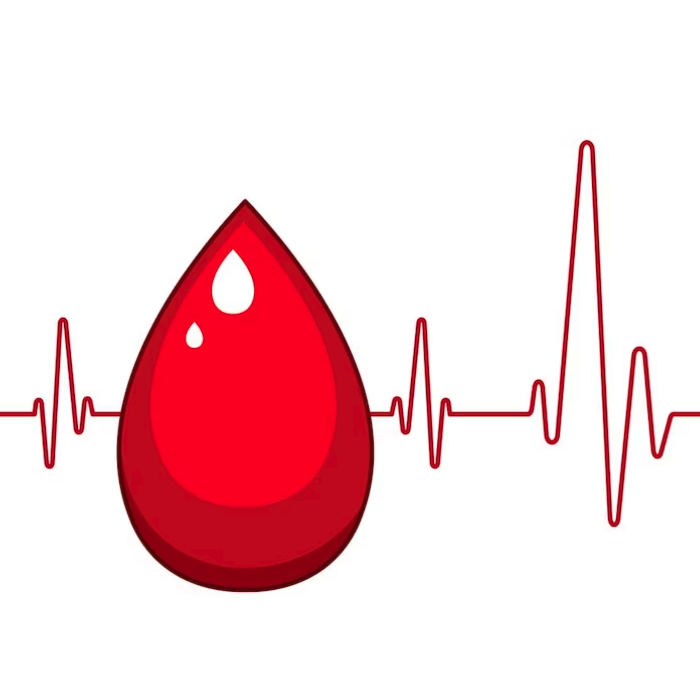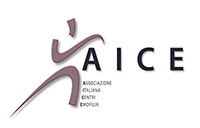Management of anticoagulation in atrial fibrillation patients in Italy: insight from the Atrial Fibrillation-Survey on Anticoagulated Patients Register (AF-START)

Submitted: 14 May 2023
Accepted: 22 June 2023
Published: 27 June 2023
Accepted: 22 June 2023
Abstract Views: 1045
PDF: 236
Supplementary File: 111
Supplementary File: 111
Publisher's note
All claims expressed in this article are solely those of the authors and do not necessarily represent those of their affiliated organizations, or those of the publisher, the editors and the reviewers. Any product that may be evaluated in this article or claim that may be made by its manufacturer is not guaranteed or endorsed by the publisher.
All claims expressed in this article are solely those of the authors and do not necessarily represent those of their affiliated organizations, or those of the publisher, the editors and the reviewers. Any product that may be evaluated in this article or claim that may be made by its manufacturer is not guaranteed or endorsed by the publisher.
Most read articles by the same author(s)
- Daniela Poli, Emilia Antonucci, Gualtiero Palareti, Roberto Facchinetti, Pietro Falco, Giuseppina Serricchio, Teresa Lerede, Lucilla Masciocco, Paolo Gresele, Sophie Testa, Major bleedings in mechanical prosthetic heart valves patients on Vitamin K antagonist treatment. Data from the PLECTRUM Study , Bleeding, Thrombosis and Vascular Biology: Vol. 1 No. 2 (2022)
- Marco P. Donadini, Walter Ageno, Milvexian and other drugs targeting Factor XI: a new era of anticoagulation? , Bleeding, Thrombosis and Vascular Biology: Vol. 1 No. 1 (2022)
- Paolo Simioni, Vittorio Pengo, Paolo Prandoni, Thrombosis and hemostasis at the University of Padua: a reappraisal on the occasion of its 800th year of history , Bleeding, Thrombosis and Vascular Biology: Vol. 1 No. 3 (2022)
- Cristina Legnani, Michela Cini, Sophie Testa, Alberto Tosetto, Claudia Dellanoce, Stefania Bellesso, Giuseppe Carli, Ilaria Nichele, Laura Lissandrini, Serena Zorzi, Emilia Antonucci, Gualtiero Palareti, Evaluation of Coaguchek®Pro II coagulation testing device performance to assess direct oral anticoagulant action. The DOAC-CHECK study , Bleeding, Thrombosis and Vascular Biology: Vol. 1 No. 3 (2022)
- Gualtiero Palareti, Paolo Prandoni, Cristina Legnani, Emilia Antonucci, Serena Zorzi, Alberto Tosetto, Lorenza Bertù, Sophie Testa, Vittorio Pengo, Walter Ageno, Ida Martinelli, Benilde Cosmi, Eugenio Bucherini, Daniela Poli, Rationale and design of a study on D-dimer use to stratify patients after a first unprovoked venous thromboembolism for their risk of recurrence: extended low-dose Apixaban given only to patients with positive D-dimer results , Bleeding, Thrombosis and Vascular Biology: Vol. 1 No. 1 (2022)
- Gualtiero Palareti, The diagnostic procedure for subjects with suspected pulmonary embolism. A recent comparison among the recommendations available from the international guidelines , Bleeding, Thrombosis and Vascular Biology: Vol. 3 No. 1 (2024)
- Vittorio Pengo, Luca Sarti, Emilia Antonucci, Stefania Di Agostino, Elisa Bison, Gentian Denas, Daniela Poli, Pier Luigi Meroni, Roberto Gerli, Antonella Radice, Gualtiero Palareti, on behalf of FIRMA group and START collaborators, Descriptive analysis of patients positive for anti-phospholipid antibodies included in two Italian registries , Bleeding, Thrombosis and Vascular Biology: Vol. 2 No. 3 (2023)
- Anna Maria Gori, Eleonora Camilleri, Alessia Bertelli, Angela Rogolino, Francesca Cesari, Elena Lotti, Tommaso Capobianco, Walther Iannotti, Betti Giusti , Rossella Marcucci, Pleiotropic effects of anti-thrombotic therapies: have direct oral anticoagulants any anti-inflammatory effect? , Bleeding, Thrombosis and Vascular Biology: Vol. 1 No. 3 (2022)
- Giuseppe Camporese, Paolo Prandoni, Walter Ageno, Aspirin or low-molecular weight heparin for thromboprophylaxis after a fracture? That is the question , Bleeding, Thrombosis and Vascular Biology: Vol. 2 No. 2 (2023)
- Anna Falanga, Hugo Ten Cate, Bianca Rocca, How to manage antithrombotic treatments in thrombocytopenic patients with cancer. Comments on the European Haematology Association guidelines , Bleeding, Thrombosis and Vascular Biology: Vol. 2 No. 1 (2023)
Similar Articles
- Vincenzo Sammartano, Adele Santoni, Elisabetta Zappone, Paola Calzoni, Daniela Fineschi, Eleonora Franceschini, Federico Caroni, Anna Sicuranza, Monica Bocchia, Luca Puccetti, A case of acquired factor XIII deficiency secondary to plasmablastic lymphoma , Bleeding, Thrombosis and Vascular Biology: Vol. 2 No. 1 (2023)
- Marwa Eltemamy, Robert Namushi, Narayanamoorthi Saravanan, Importance of assessment of carotid plaques in the managementof acute ischemic stroke: floating intracarotid plaque , Bleeding, Thrombosis and Vascular Biology: Vol. 2 No. 3 (2023)
- Samantha Pasca, Cristina Santoro, Chiara Ambaglio, Marisanta Napolitano, Marta Milan, Letizia Natali, Silvia Nannizzi, Filippo Mori, Paolo Simioni, Ezio Zanon, Comparison among three different bleeding scores and the thrombin generation assay to assess the different hemorrhagic phenotypes in patients with FVII deficiency , Bleeding, Thrombosis and Vascular Biology: Vol. 1 No. 2 (2022)
- Paolo Simioni, Vittorio Pengo, Paolo Prandoni, Thrombosis and hemostasis at the University of Padua: a reappraisal on the occasion of its 800th year of history , Bleeding, Thrombosis and Vascular Biology: Vol. 1 No. 3 (2022)
- Gianfranco De Girolamo, Luca Sarti, Sonia Cecoli, Karin Bonora, Chiara Ajolfi, Francesco Bellelli, Valeria Coluccio, Gualtiero Palareti, Marco Marietta, Safety and efficacy of treatment with vitamin K antagonists in patients managed in a network of anticoagulation services or as routine general care , Bleeding, Thrombosis and Vascular Biology: Vol. 1 No. 1 (2022)
- Juan Eirís, Marina Suárez-Terrón, Pablo Granados, David Martínez-Campuzano, Ana Rosa Cid, Saturnino Haya, Santiago Bonanad, Allopurinol-induced acquired von Willebrand syndrome , Bleeding, Thrombosis and Vascular Biology: Vol. 2 No. 4 (2023)
- Matteo Guarascio, Gerardo Nicola Pititto, Alessia Abenante, Marco Paolo Donadini, Distal deep vein thrombosis: is there a way out of this dark forest? , Bleeding, Thrombosis and Vascular Biology: Vol. 3 No. 2 (2024)
- Mosaad Almegren, Clinical and radiological characteristics of cerebral vein thrombosis: a retrospective study , Bleeding, Thrombosis and Vascular Biology: Vol. 2 No. 3 (2023)
- Daniela Tormene, Elena Campello, Chiara Simion, Anna Poretto, Paolo Prandoni, Paolo Simioni, Combined oral contraceptives and the risk of venous thromboembolism carriers of antithrombin, protein C or S deficiency: Sub-analysis of a prospective cohort study , Bleeding, Thrombosis and Vascular Biology: Vol. 1 No. 3 (2022)
- Maria Barca-Hernando, Victor Garcia-Garcia, Luis Jara-Palomares, Location of metastasis and complications in patients with venous thromboembolism and cancer: systematic review , Bleeding, Thrombosis and Vascular Biology: Vol. 3 No. s1 (2024): 12th ICTHIC
You may also start an advanced similarity search for this article.

 https://doi.org/10.4081/btvb.2023.84
https://doi.org/10.4081/btvb.2023.84








